Enquire Form
Aligner Material Science: Why the Choice of Sheet Matters More Than You Think!
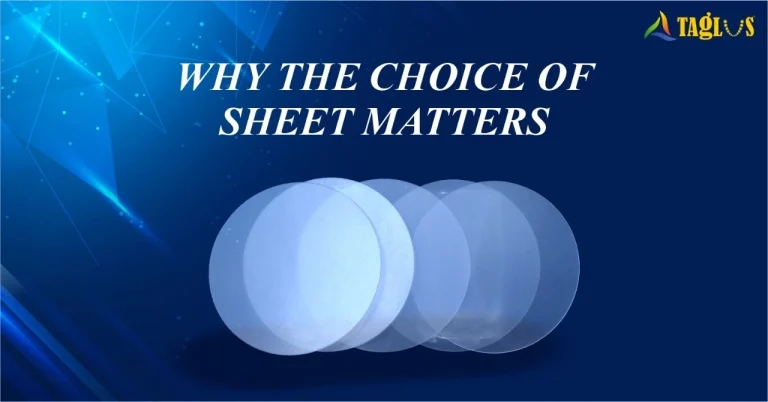
When it comes to aligner therapy, the end results don’t just depend on the treatment plan or software precision. They also depend on something far more basic: the material of the aligner sheet. If you’re a dentist or dental lab working with clear aligners, you already know that patients expect fast results, comfort, and transparency. But what they don’t see is the science behind the sheet, which is the primary factor in deciding the prognosis of the treatment.
Let’s break it down. Not all aligner sheets are created with the same material. And, in the industry full of choices, your selection of PETG, polyurethane, or multilayer materials could make all the difference, which reflects in both your results and your reputation.
Understanding the Role of Aligner Material
Every aligner tray initially is a flat sheet which is to be thermoformed into a customised shape, trimmed, polished, and then worn for days or weeks. What matters here is the tray’s performance after going through so many processes.
The properties these sheets exhibit, like whether there is any haze, from how the aligner grips the teeth to how comfortable it feels in the mouth, etc, define the potential of the material.
A good, or rather acceptable, aligner material should be clear, durable, flexible yet strong, and resistant to stress cracks. But how do you know what’s right for your workflow or what kind of material serves which case?
Let’s compare the three commonly used sheet types — PETG, polyurethane, and multilayer.
PETG Sheets: Budget-Friendly, Basic but Brilliant
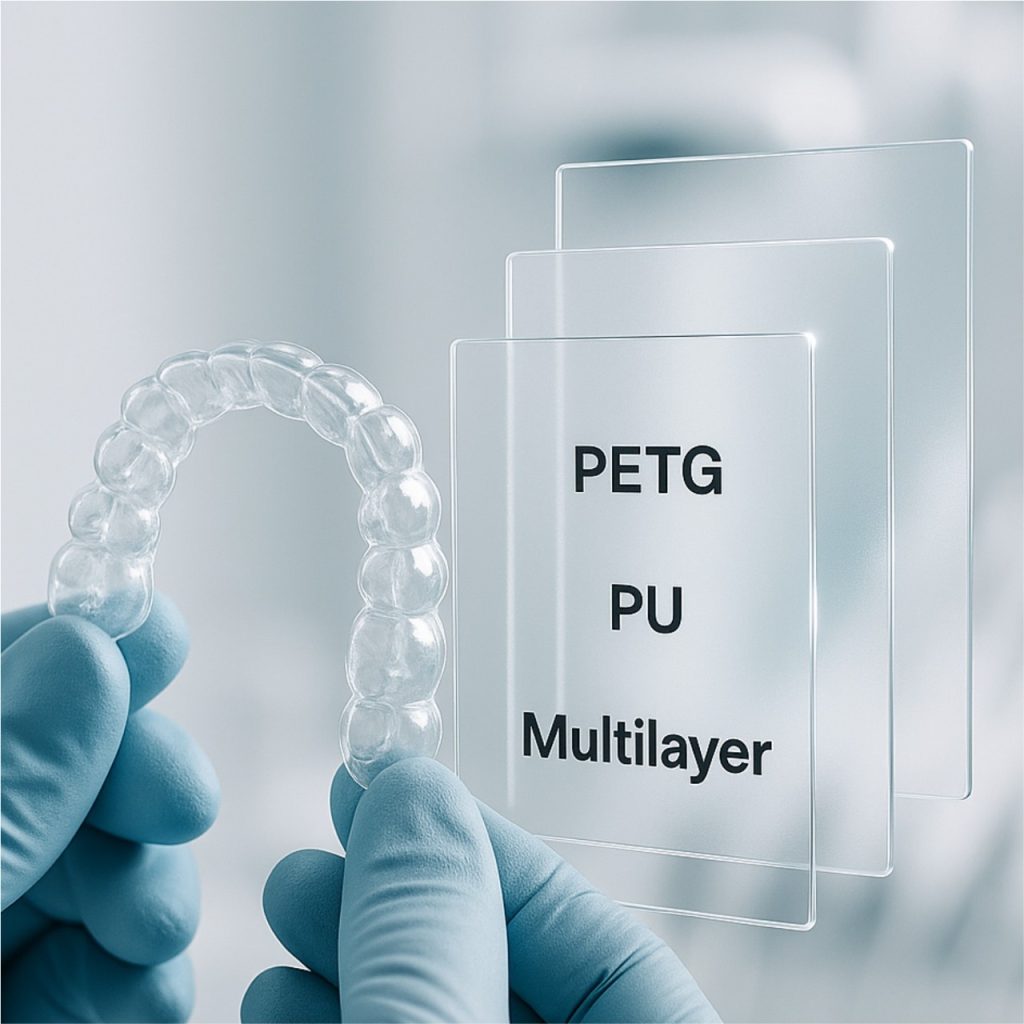
PETG (Polyethene Terephthalate Glycol) is the most widely available aligner sheet material. It is affordable, easy to thermoform, and offers good clarity.
Pros
- Cost-effective for labs and clinics
- Smooth forming and cutting properties
- Transparent look is preferred by patients
Cons
- Lacks long-term strength
- Limited elasticity and memory
- Prone to slight yellowing with wear, but the good part is that aligner sheets are to be worn for a very limited time, and thus, yellowing never becomes an issue.
PETG is often used for passive trays or where cost-saving is critical. But active tooth movement might not deliver the consistency required.
Taglus Standard sheets provide utmost comfort, efficiency, and desired results. To know more about the product, visit here.
Polyurethane (PU): High-Performance Flexibility
Polyurethane-based aligner sheets are known for their elasticity, durability, and resilience. They offer better memory, meaning the aligner can rebound and stay snug over time.
Pros
- Superior force delivery
- Flexible and durable
- Better crack resistance
Cons
- Slightly more complex to form
- Costlier than PETG
- May require precise calibration of the thermoforming machine
PU sheets are indicated for cases that need active movement, better grip, and maximum adaptation. If patients demand comfort and efficiency, PU-based trays often outperform basic materials.
Taglus Premium sheets utilise PET material with an addition of special grade glycol that prevents undesired crystallisation and hazing during the heating process, along with delivering smooth and better grip to the aligners.
Want to know more about Taglus Premium? click here
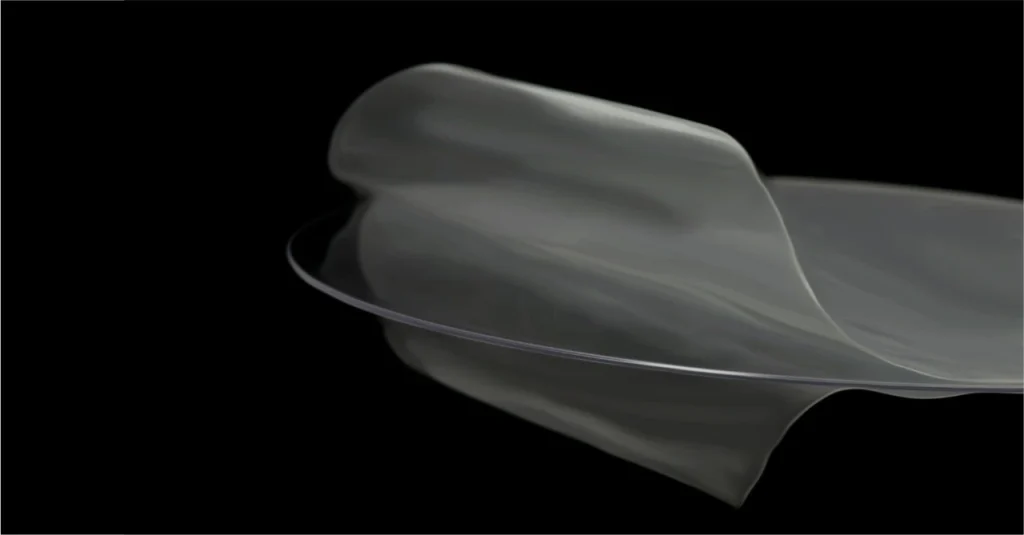
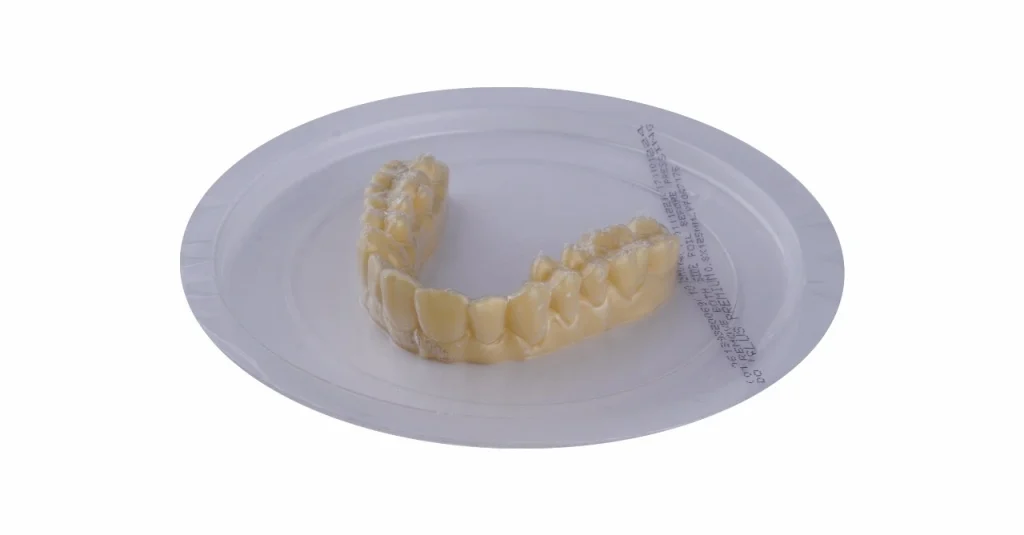
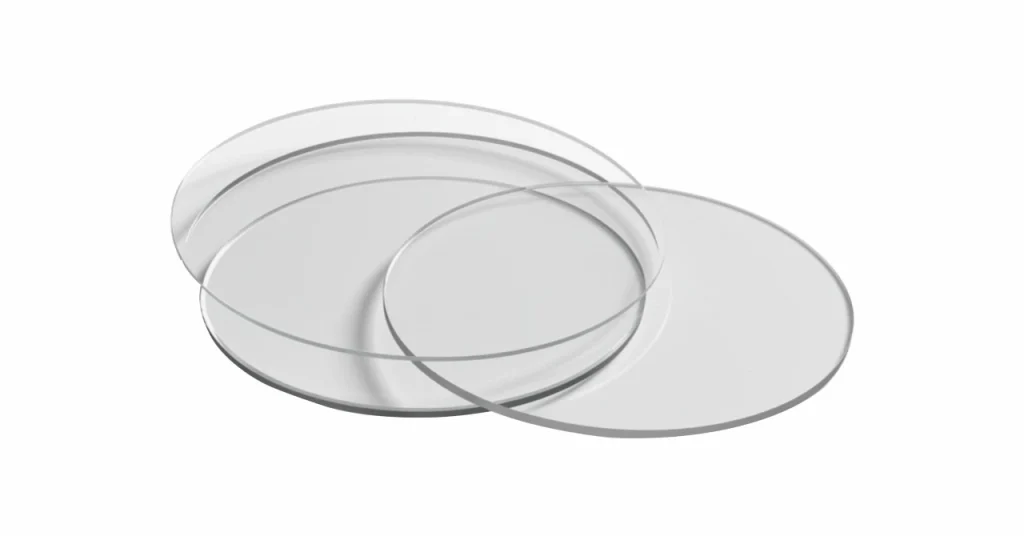
Multilayer Sheets: Strength Meets Smart Engineering
Multilayer aligner sheets are the new generation of performance materials. These combine different polymers, often a rigid outer layer with a flexible inner core for a balanced outcome.
Pros
- Sustained force over time
- Better fit retention
- Improved patient comfort
- Less risk of deformation or cracks
Cons
- Higher manufacturing cost
- Requires careful thermoforming to preserve layer integrity
These sheets are engineered for clinical excellence. They hold force longer, reduce chairside adjustments, and raise overall treatment predictability.
What Should Labs and Dentists Choose?
If you’re just starting out or running a high-volume practice, PETG might work well for retainers or basic aligner needs. But if your brand relies on consistent results and high patient satisfaction, PU or multilayer sheets offer better long-term value.
Labs should consider:
- The precision of their thermoforming equipment
- How well they manage sheet handling
- The clinical demands of their clients
Clinicians should focus on:
- Patient comfort and compliance
- Case complexity
Taglus: Engineering the Difference in Every Sheet
Taglus offers a wide range of thermoforming aligners and retainer sheets tailored to every practice and lab. Whether you need cost-effective PETG for basic work or PU or advanced multilayer sheets for high-end orthodontic cases, we help you deliver excellence.
Every Taglus sheet is manufactured with stringent quality control, backed by R&D, and compatible with most thermoforming machines. Our goal is to help you provide more precise, predictable outcomes — without compromising on comfort or performance.
In a nutshell
Your aligner material isn’t just a raw supply, but a very important clinical tool that decides the whole course of treatment and future strategies. You need to study the case requirements and get the ideal sheet for the best outcomes.
In short, the better your sheet reflects your case needs, the better your outcomes will be.
Take a closer look at what you’re using. Because your patients might not know the difference, but your results will always show it.
Want to upgrade your aligner outcomes? Ask us about our possible sheet options today!
Know More About Us
SignUp To Our Newsletter And Get To Know More About Taglus
Copyrights@taglus-2026
*Taglus is a trademark of Vedia Solutions




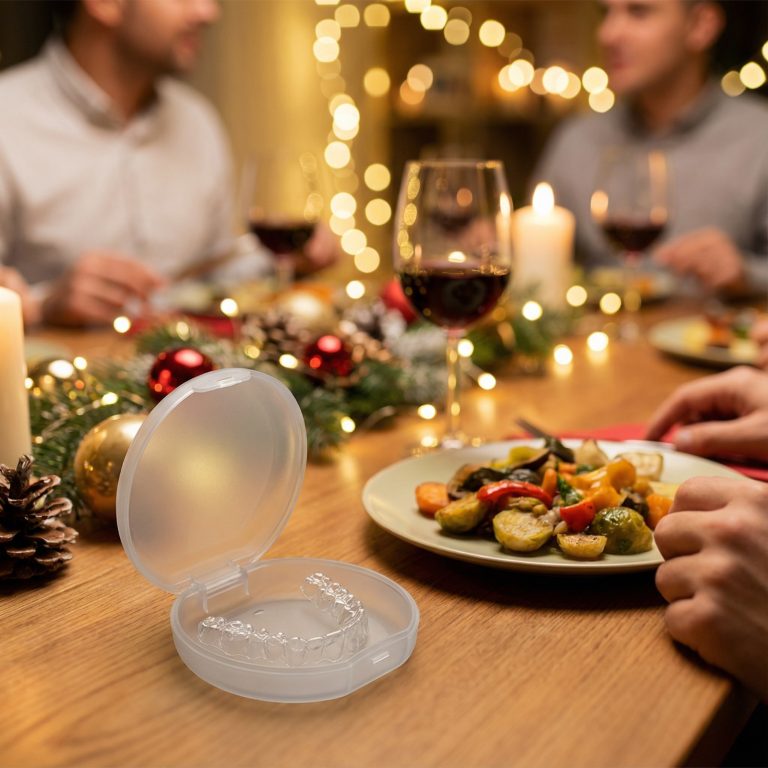

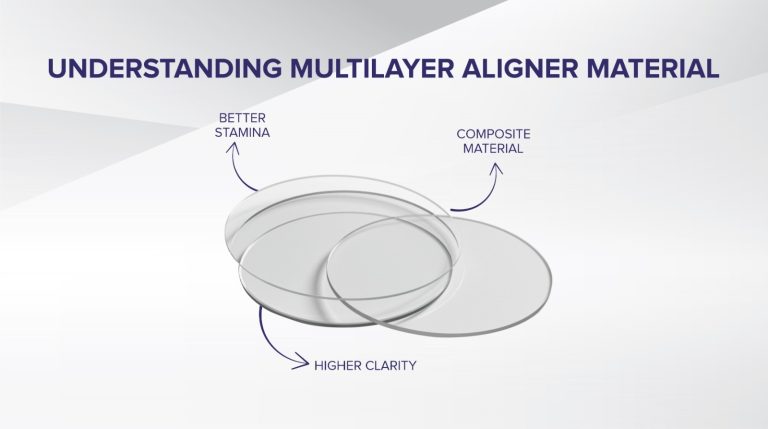



Leave a Reply